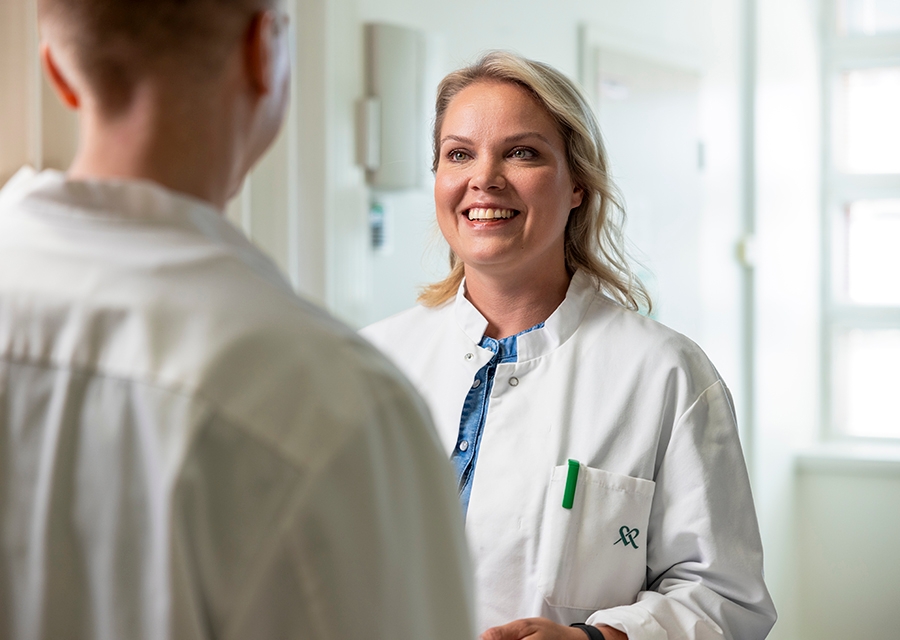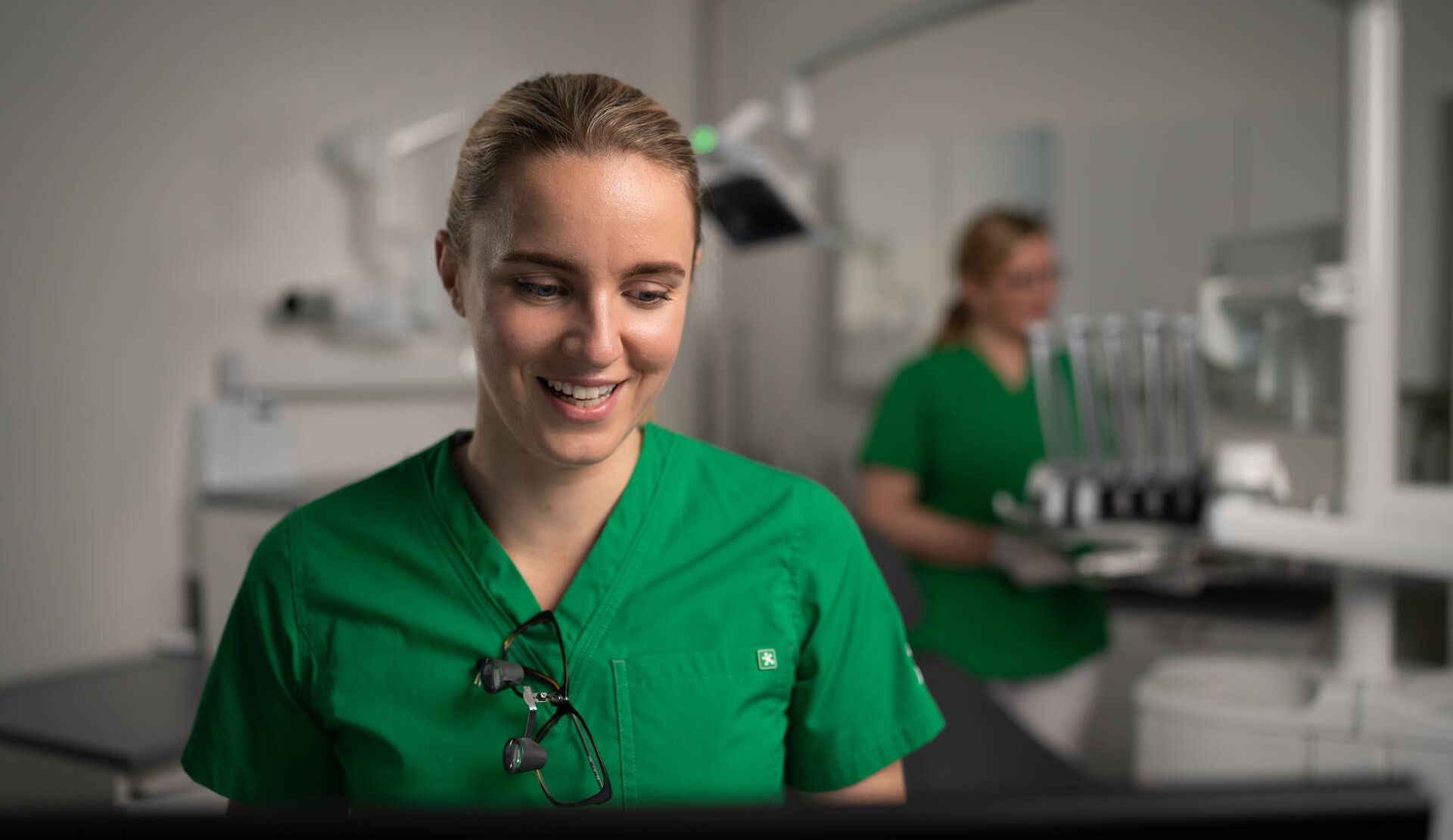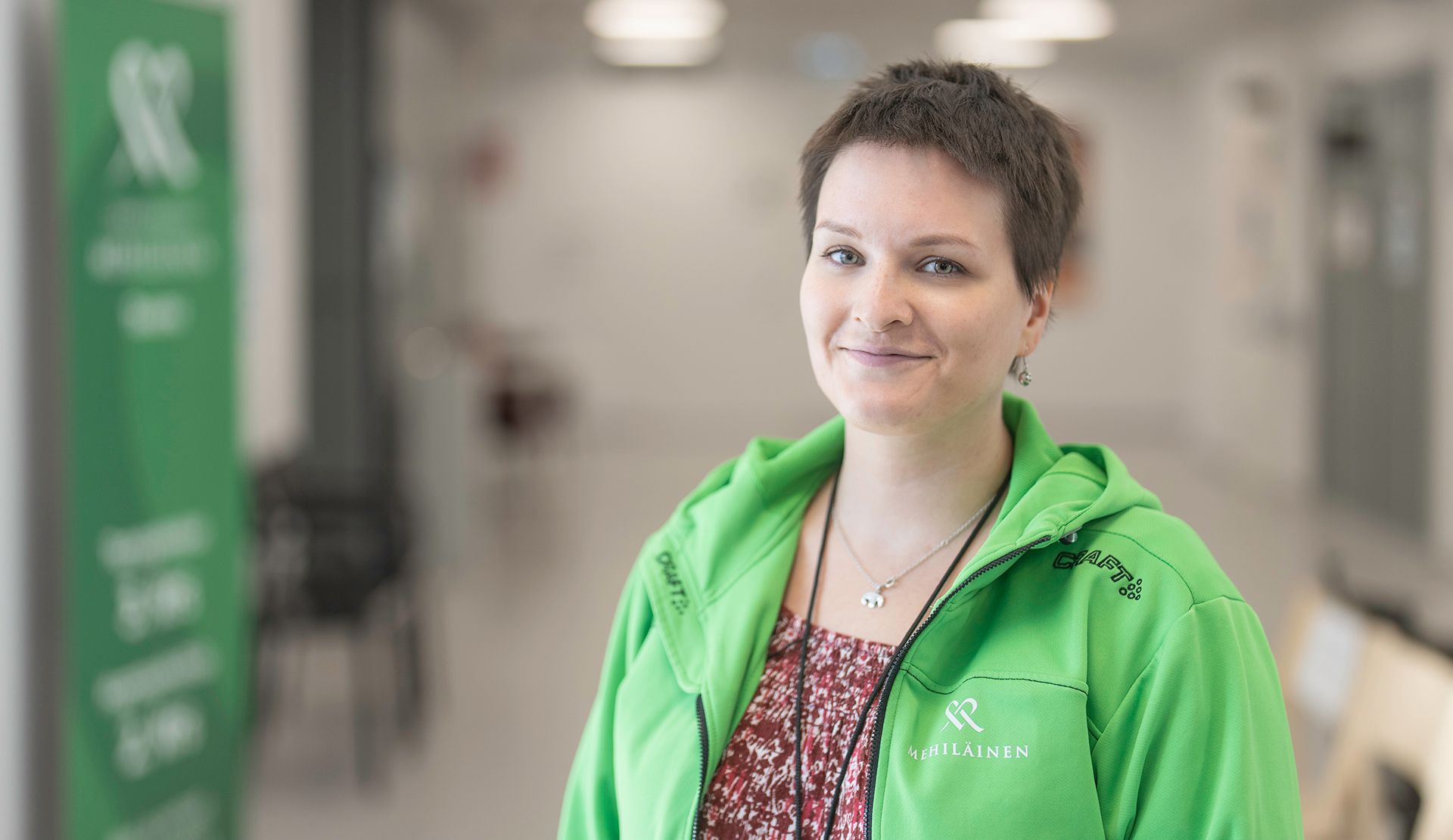
Eyelid surgery performed by a plastic surgeon
Specialist in the article

Revised 8/19/2025
Eyelid surgery performed by a plastic surgeon in brief
- Eyelid surgery may be necessary if excess skin covers the upper eyelid fold, loose skin causes visual field disturbances, or the upper eyelids are swollen.
- The surgery is typically performed under local anesthesia, and patients are discharged the same day.
- The first step in eyelid surgery is a consultation with a plastic surgeon to discuss aesthetic goals, expectations, and any concerns.
General information about eyelid surgery performed by a plastic surgeon
Eyelid surgery, or blepharoplasty, is a plastic surgical procedure that reduces functional impairments caused by heavy upper eyelids and corrects signs of aging in the upper and lower eyelids. Eyelid surgeries are common and can remove sagging skin, excess fat from the eyelids, bothersome eye bags, and tighten loose skin on the lower eyelids.
For most people, changes in the eyelids become noticeable between the ages of 30–35, but eyelid surgery has also been performed on individuals as young as 20. Swelling, wrinkles, or drooping upper eyelids can create a misleading impression of mood, alertness, or age.
The results of eyelid surgery are long-lasting, and most patients are highly satisfied with the outcome. Once the surgical wounds have healed, individuals often feel their appearance is more refreshed and vibrant.
It is important to note, however, that cosmetic eyelid surgery cannot remove crow’s feet. Cosmetic surgery can be complemented with treatments such as laser therapy or chemical peels to enhance the results.
When Is eyelid surgery performed by a plastic surgeon necessary?
Eyelid surgery may be considered if:
- Excess skin covers the natural fold above the upper eyelid (so-called hooded eyelid).
- Loose eyelid skin causes visual field disturbances.
- You suffer from swelling of the upper eyelid.
- There is excess skin on the lower eyelid.
- You want to get rid of fine wrinkles in the lower eyelid area.
- You have eye bags and swelling.
Surgery should be approached cautiously if you suffer from circulatory disorders such as high blood pressure, thyroid problems, dry eyes, glaucoma, retinal detachment, or other eye conditions, cardiovascular diseases, or diabetes.
Preparing for eyelid surgery performed by a plastic surgeon
- Initial consultation. Planning for upper eyelid surgery begins with a consultation with a plastic surgeon. During the visit, treatment goals, concerns, and a procedure plan are discussed.
- Physical examination. The plastic surgeon evaluates the position of the eyelid contours, the amount of excess skin and fat, the position of the eyebrows, and the condition of the eyelid muscles. If a significantly rejuvenating result is desired, other potential procedures that can be performed alongside eyelid surgery may also be planned.
- Health assessment. The plastic surgeon also assesses general health. The consultation includes a review of past and current illnesses, medications, supplements, previous surgeries and treatments, as well as substance use and smoking habits.
- Medications. Inform the plastic surgeon of all your illnesses, allergies, and medications. Certain medications must be discontinued as per the doctor’s instructions. You will also receive prescriptions for painkillers and antibiotics.
- Smoking. Smoking should be avoided for at least two weeks before surgery, as it slows wound healing.
- Skin care. Wash your face thoroughly and avoid using makeup, creams, or other products on the day of surgery. Prepare a cold pack at home to reduce swelling.
- Pain management. Obtain necessary supplies, such as clean gauze and painkillers.
- Clothing. Wear comfortable, easily removable clothing on the day of surgery.
- Escort. Arrange transportation after the surgery, as you will not be able to drive yourself.
How eyelid surgery performed by a plastic surgeon proceeds
The plastic surgeon reviews the details of the procedure and marks the surgical area precisely to ensure that excess skin and fat are removed from the correct locations.
Eyelid surgery is typically performed under local anesthesia, but light sedation can also be used if necessary.
The plastic surgeon reshapes the eyelids by removing excess skin, muscle, and fat tissue and repositioning tissues to a better alignment.
After the procedure, the patient rests at the clinic, and cold compresses are applied to the eyes to reduce swelling and tissue bleeding. Patients are usually discharged the same day.
Recovery after eyelid surgery performed by a plastic surgeon
- Physical activity. Avoid physical exertion and bending over during the first few days. Light activities can usually be resumed within a few days.
- Swelling and bruising. Swelling and bruising may last about 1–2 weeks. Keep your head elevated and use cold compresses to reduce swelling. The final result is typically visible after a few months when the tissues have fully healed.
- Eye symptoms. During the first week, you may experience light sensitivity, dry eyes, blurred vision, and itching.
- Pain management. Severe pain is uncommon, and painkillers can be taken if needed.
- Showering and sauna. You can shower a few days after surgery, but avoid saunas for a few weeks.
- Stitches. Stitches are removed or dissolve on their own within the first week.
- Sun protection. The skin around the eyes requires careful protection from the sun and wind. Use sunscreen and sunglasses for protection.
- Eye drops. Use prescribed eye drops as directed.
- Sick leave. The length of sick leave after eyelid surgery depends on the extent of the procedure, but most people can return to work after two weeks.
- Contacting a doctor. Seek medical attention if pain significantly increases, vision disturbances occur, or signs of infection appear at the wound site.
Prices for appointments with specialists, such as gynaecologists, dermatologists, cardiologists, orthopaedists and ophthalmologists, can be found in our appointment booking service.
| Service | Price estimate |
|---|---|
| Appointment with a specialist, 20 min Price per appointment. | from 99,80 € Without Kela reimbursement from 129,80 € |
| Appointment with a specialist, 30 min Price per appointment. | from 114,80 € Without Kela reimbursement from 144,80 € |
| Appointment with a specialist, 45 min Price per appointment. | from 142,80 € Without Kela reimbursement from 172,80 € |
| Gynaecologist's appointment, 20 min | from 69,80 € Without Kela reimbursement from 139,80 € |
| Gynaecologist's appointment, 30 min | from 74,80 € Without Kela reimbursement from 144,80 € |
| Dermatologist's appointment, 20 min | from 117,70 € Without Kela reimbursement from 147,70 € |
| Dermatologist's appointment, 30 min | from 127,80 € Without Kela reimbursement from 157,80 € |
| ENT doctor's appointment, 20 min | from 112,80 € Without Kela reimbursement from 142,80 € |
| ENT doctor's appointment, 30 min | from 133,80 € Without Kela reimbursement from 163,80 € |
| Paediatrician's appointment, 20 min | from 115,20 € Without Kela reimbursement from 145,20 € |
| Paediatrician's appointment, 30 min | from 134,80 € Without Kela reimbursement from 164,80 € |
| Orthopaedist's appointment, 20 min | from 111,80 € Without Kela reimbursement from 141,80 € |
| Orthopaedist's appointment, 30 min | from 133,80 € Without Kela reimbursement from 163,80 € |
| Appointment with a psychiatrist, 45 min Price per appointment. | from 109,80 € Without Kela reimbursement from 159,80 € |
| Appointment with a psychiatrist, 60 min Price per appointment. | from 120,80 € Without Kela reimbursement from 180,80 € |
| Ophthalmologist's appointment, 30 min | from 127,80 € Without Kela reimbursement from 157,80 € |
| Ophthalmologist's appointment, 45 min | from 138,80 € Without Kela reimbursement from 168,80 € |
Other related services
Body and breasts
Comprehensive and expert plastic surgery for the body and breasts.
Consultation with a plastic surgery nurse
A free consultation helps you find the right treatment options.
Face and eyelids
We provide personalized solutions for the aesthetic needs of your face and eyelids.
Nose and ears
Enhance the shape and structure of your nose or ears with the expertise of a plastic surgeon.
Plastic surgeon
A specialist in plastic surgery performs treatments and surgeries to enhance the appearance and functionality of the face and body.
Skin lesions and moles
Treat skin lesions and remove moles safely and discreetly.
Silmäluomileikkaus Virossa
Mehiläisen tytäryhtiöt Virossa tarjoavat silmäluomileikkauksia myös suomalaisille asiakkaille.

Frequently asked questions about eyelid surgery performed by a plastic surgeon
Eyelid surgery can improve vision if drooping eyelids restrict the field of view. Additionally, the procedure can refresh your appearance and reduce the tired look of the face. It can also alleviate eye strain and discomfort caused by excess skin pressing on the eyes. Many patients report increased confidence and quality of life after the surgery.
Before the surgery, it is important to attend a medical evaluation and disclose any illnesses and medications. Smoking and blood-thinning medications should often be paused as instructed. On the day of surgery, arrive without makeup or jewelry and arrange transportation home after the procedure.
Recovery typically takes about 1–2 weeks, during which swelling and bruising significantly decrease. Light daily activities can be resumed within a few days, but heavy exercise and sauna use should be avoided for about two weeks. The final result is usually visible after a few months.
The suitability of the surgery is assessed individually during a medical consultation. Certain eye conditions, poor general health, or blood clotting disorders may prevent the procedure. A doctor’s evaluation is always necessary before deciding on surgery.
As with any surgery, eyelid surgery carries risks such as bleeding, infection, scarring, or asymmetry. However, serious complications are rare when the procedure is performed by an experienced professional. Proper aftercare significantly reduces risks.
If drooping of the upper eyelid, also known as ptosis, causes a visual field disturbance, it is considered a medical condition. In such cases, surgical treatment is covered by health insurance reimbursement.
Kela reimbursements have been removed for all procedures, even if they involve the treatment of a medical condition. Kela reimbursement is available for consultation visits.
A standard sick leave can be granted after upper eyelid surgery if it involves the treatment of a medical condition. Visual field disturbance is considered a medical condition, but there are also many other indications for medical treatment, such as eyelid inflammation. Lower eyelid surgeries often also have indications for medical treatment, such as loosening of the eyelid margin and malpositions of the eyelid. These can be underlying causes of chronic inflammation of the eye's surface.



